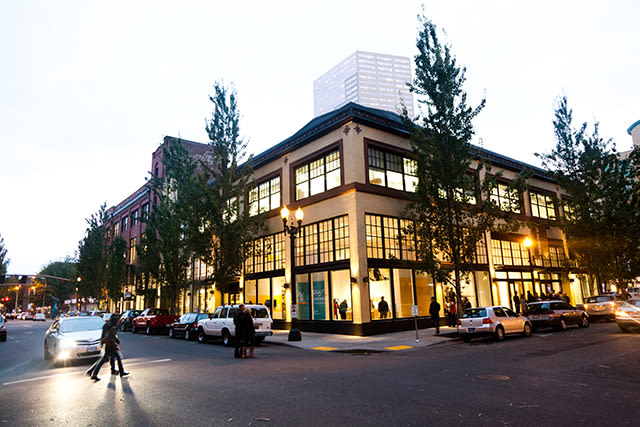Portland's Museum of Contemporary Craft to Close Its Davis Street Doors

The Museum of Contemporary Craft to close its doors.
Portland’s Museum of Contemporary Craft is closing up its NW Davis Street location. The museum's collection will move to the Pacific Northwest College of Art's 511 Building on NW Broadway, the college announced this week.
Rebranded and reimagined, the museum's collection will soon become the Center for Contemporary Art and Culture, integrating with PNCA’s Exhibitions Department in a new space—the Arlene and Harold Schnitzer Center for Art and Design, which opened last year.
Founded in 1937 as the Oregon Ceramic Studio on Southwest Corbett Street, the Museum of Contemporary Craft began experiencing financial difficulties in 2007 when it relocated to 724 Northwest Davis Street. It was taken over by PNCA in 2009. The plan was for PNCA to shoulder some of the financial burdens, in return for which the museum would function as an arts exhibition training ground where students could interact with curators and museum faculty.
But according to this week’s announcement from PNCA's interim president Casey Mills, the financial costs of maintaining the Pearl district location were too high. PNCA will put the space on the market next month, along with the museum’s craft shop, which currently sells a substantial amount of original work by Oregon craft artists.
Expected to vacate the Northwest Davis location by the end of April, the museum will then reopen at 511 NW Broadway in the Arlene and Harold Schnitzer Center for Art and Design.
According to PNCA, the collection is set to expand, extending beyond craft to incorporate many facets of contemporary culture. The new space is bigger as well: the Davis Street location was 4,500 square feet across two floors, but according to PNCA’s Lisa Radon, the new digs will offer “four to six exhibition spaces, making it larger than the original location.”
Mack McFarland, PNCA’s current Director of Exhibitions, will act as the new Center for Contemporary Art and Culture Director, working with students and faculty on exhibitions, visual art shows, lectures, videos, and a variety of performance arts to “expand the conversation on contemporary arts issues,” says Radon.
